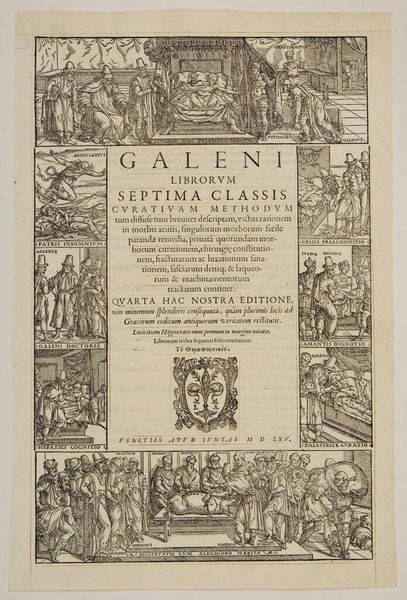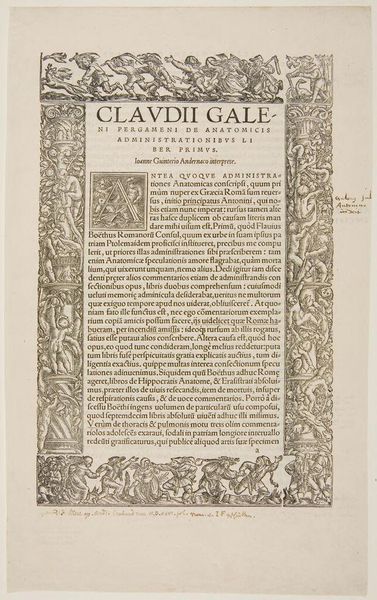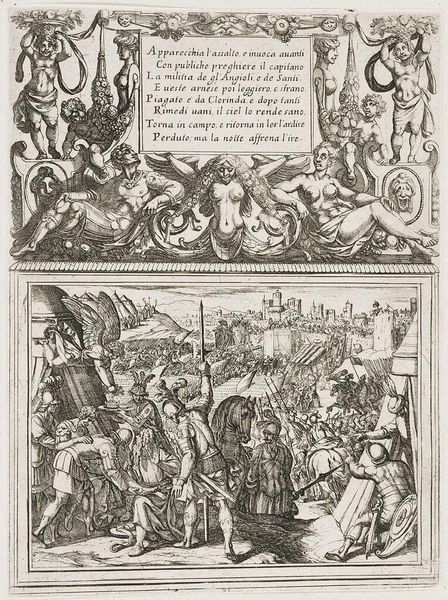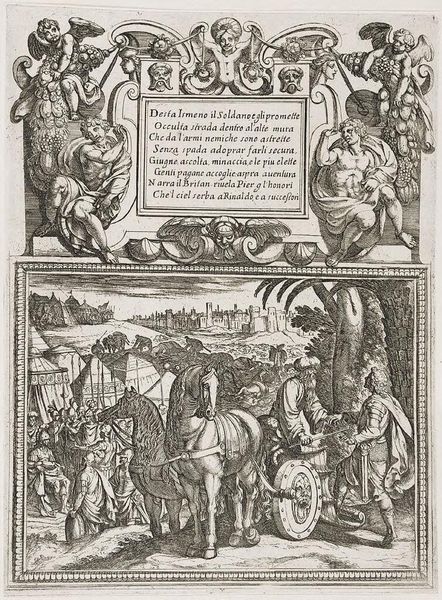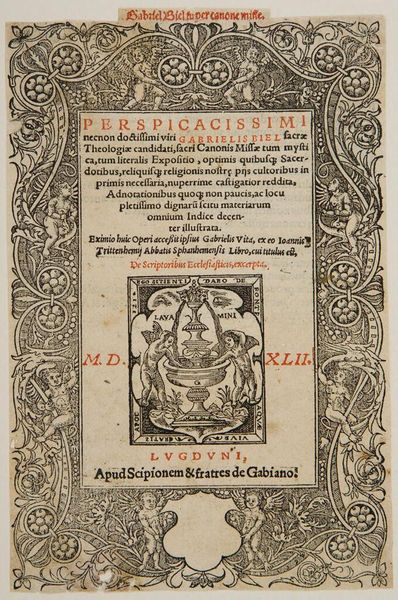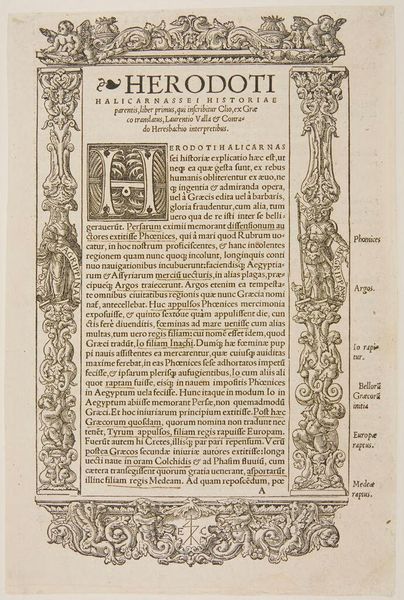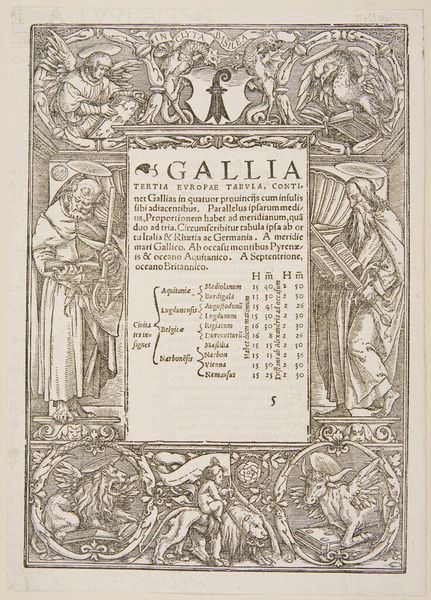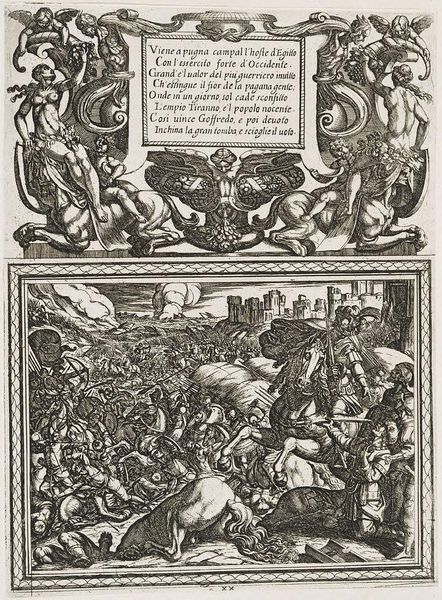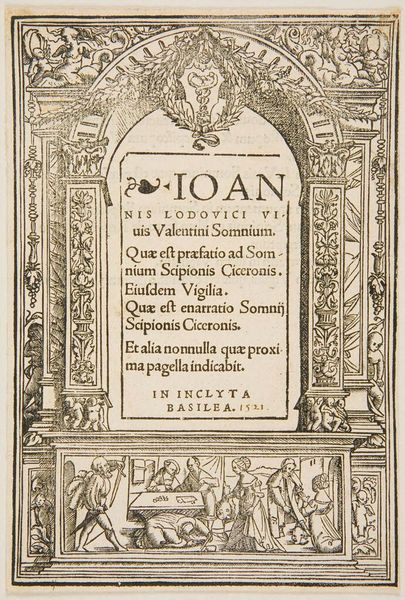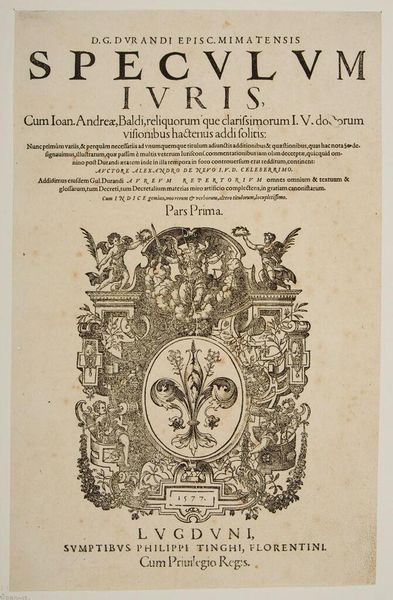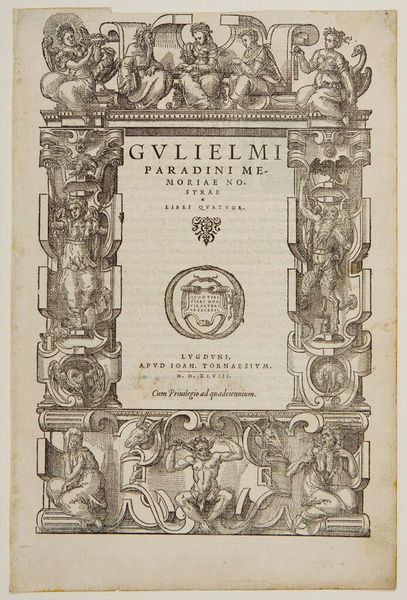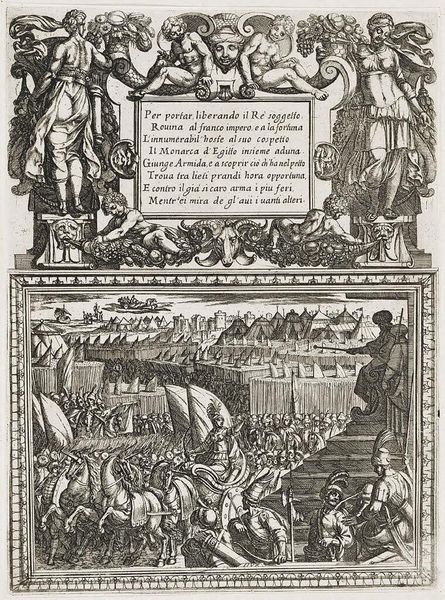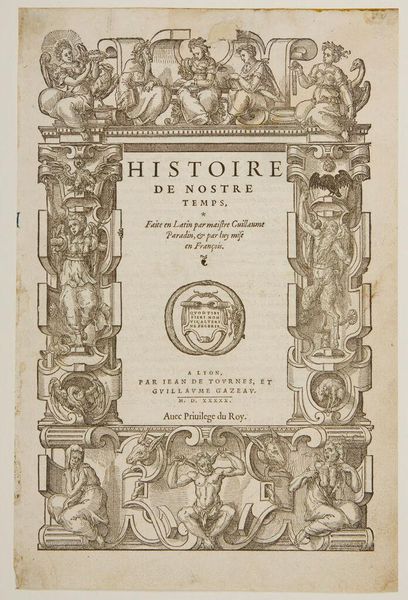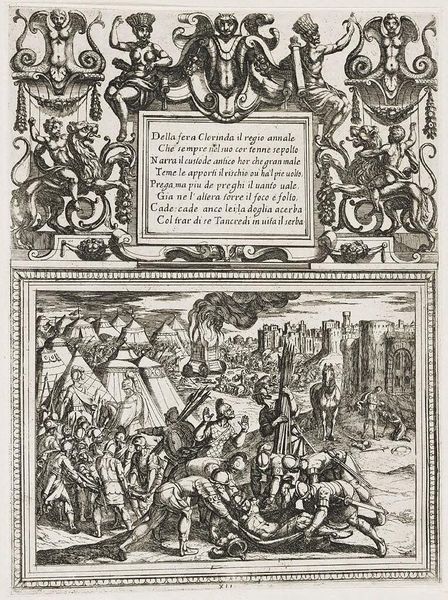
Border of Four Blocks and Mark of Giunta on Title-Page of Galen, Tertia Classis. Venice, Giunta, 1550 c. 16th century
0:00
0:00
Copyright: CC0 1.0
Editor: This is the title page to Galen's Tertia Classis, printed in Venice in 1550. I'm struck by how the woodcut border frames the text with scenes of illness and healing. What does this juxtaposition tell us about the book’s intended audience and its role within society? Curator: It's crucial to consider the political and social climate. In 16th-century Venice, medicine was a powerful tool, often intertwined with religious and political beliefs. This title page, with its illustrations of medical interventions, highlights the authority of Galen's text. How do you think this visual representation of healing might have influenced readers' perceptions of medical knowledge and its accessibility? Editor: Perhaps it legitimizes and reinforces existing hierarchies by positioning medical expertise as a source of power. It makes me wonder who had access to this knowledge and who was excluded. Curator: Precisely. The images of the ailing and the healers speak volumes about the social dynamics at play. By examining these images, we can analyze the power structures that existed in the medical field and how they intersected with broader societal inequalities. Editor: This gives me a lot to consider about the historical role of medical books. Thanks.
Comments
No comments
Be the first to comment and join the conversation on the ultimate creative platform.
